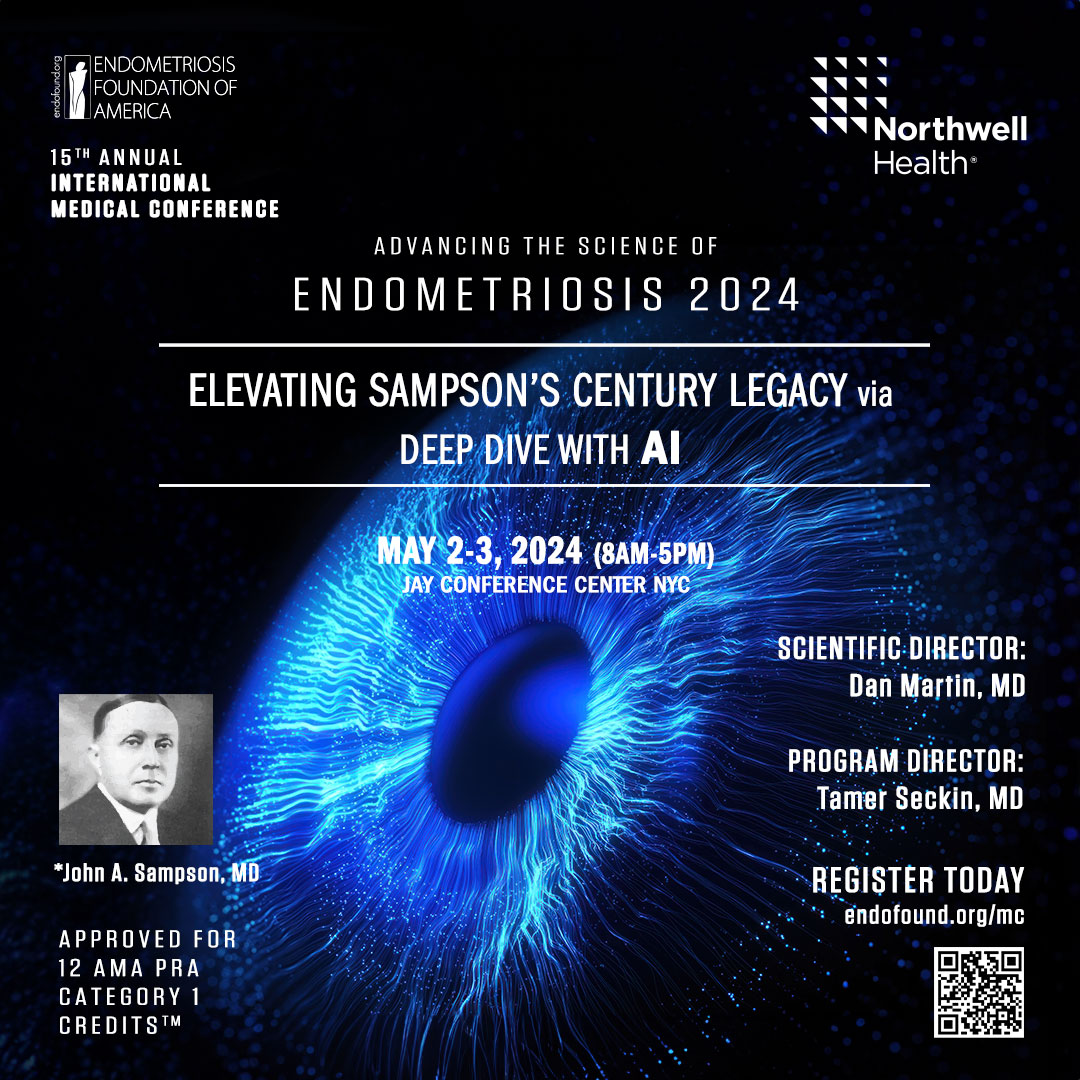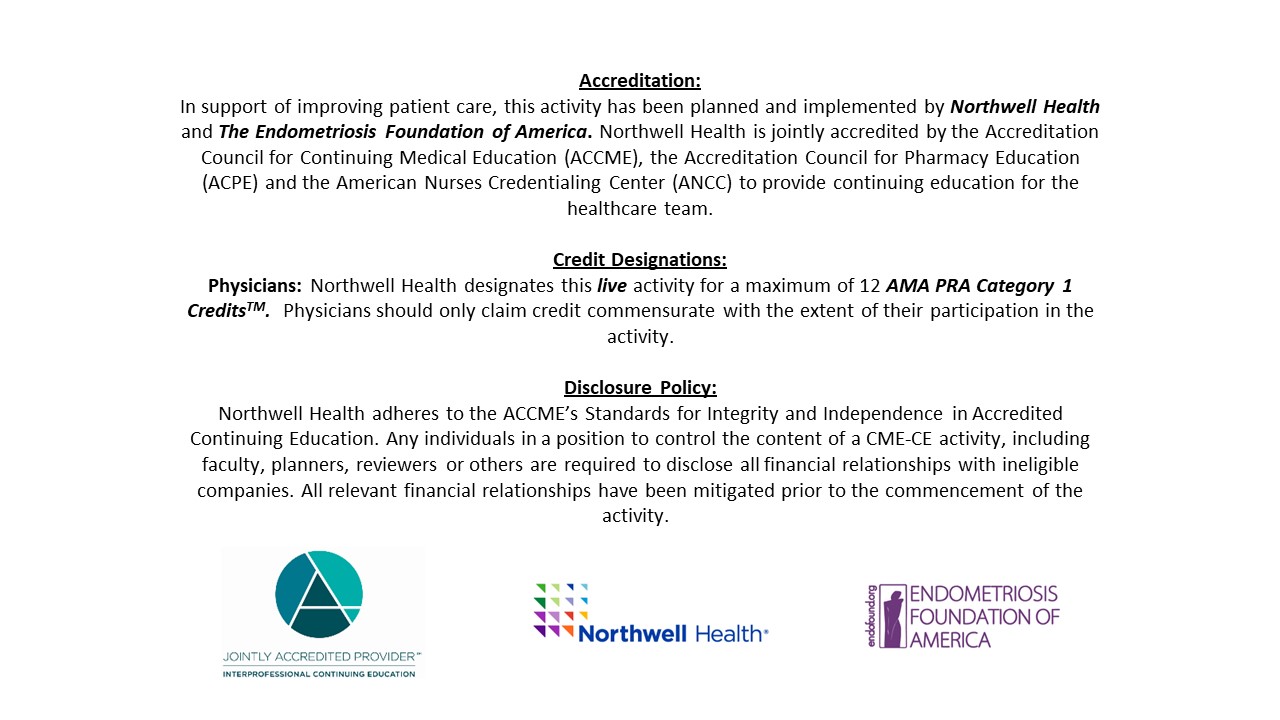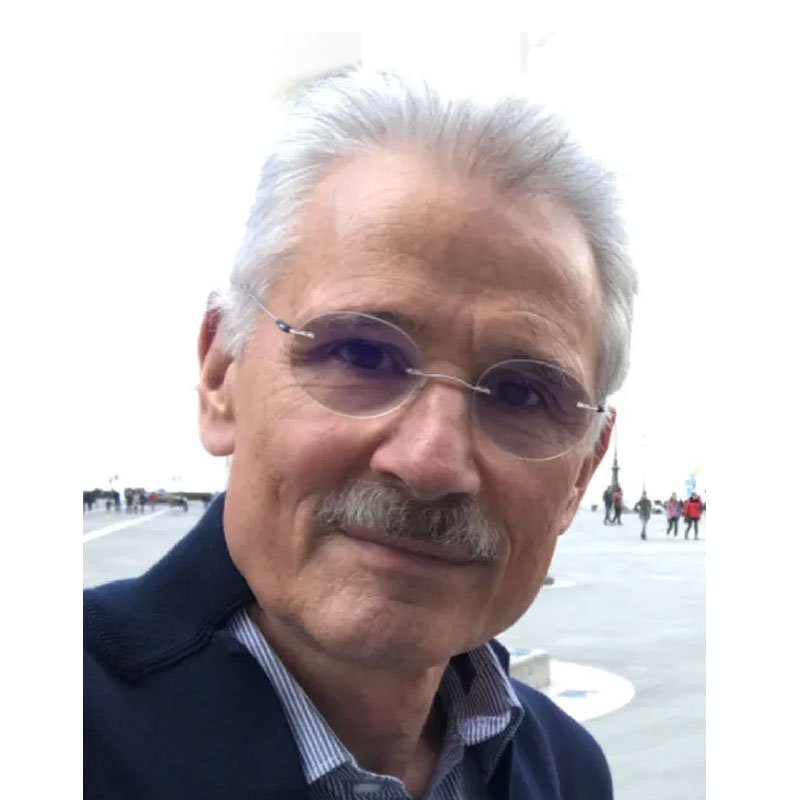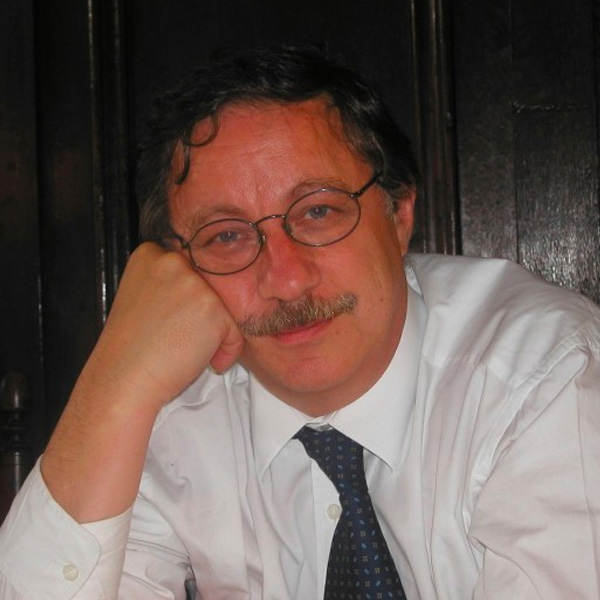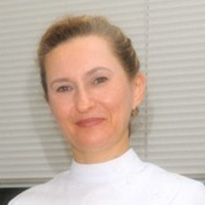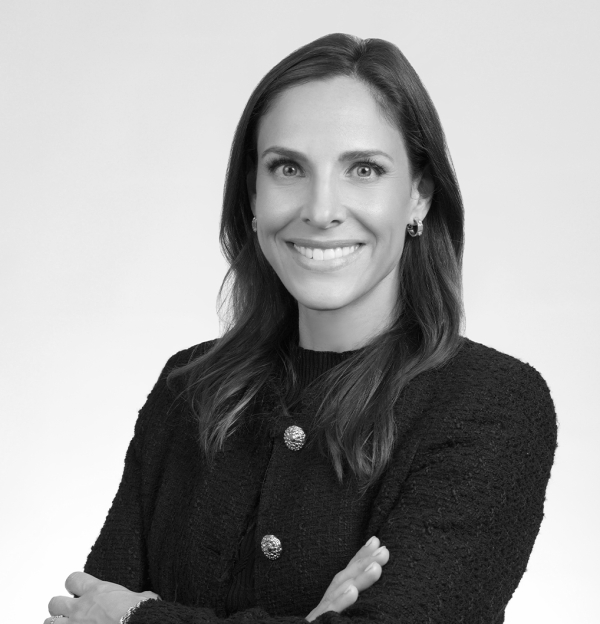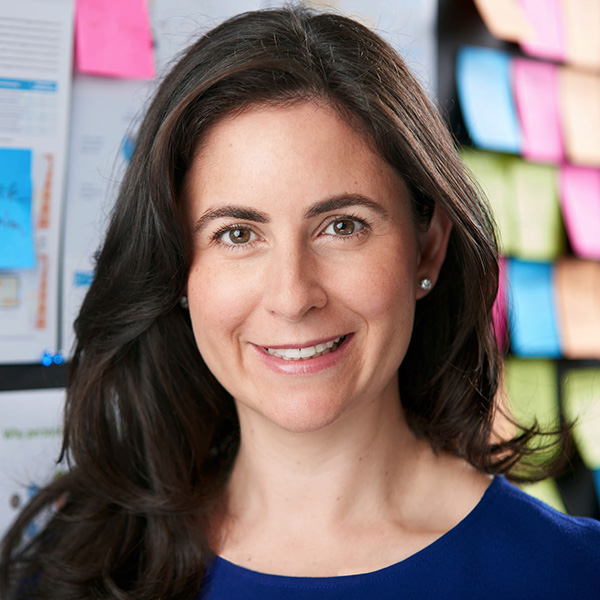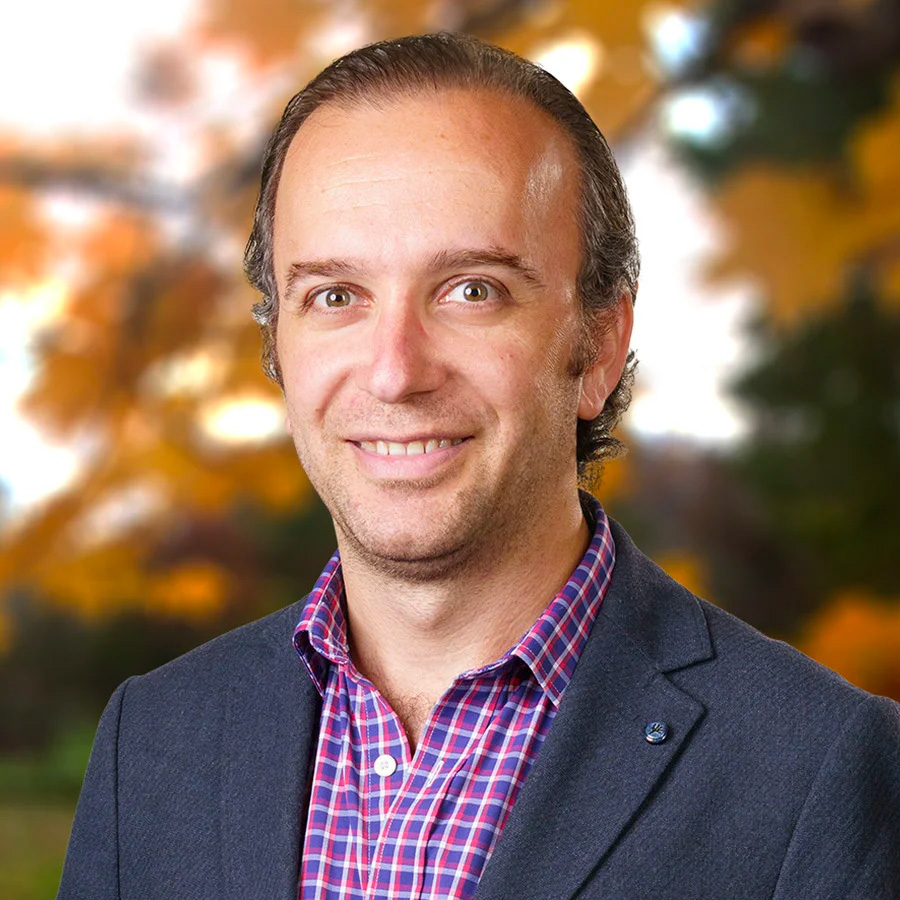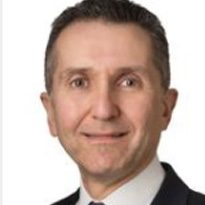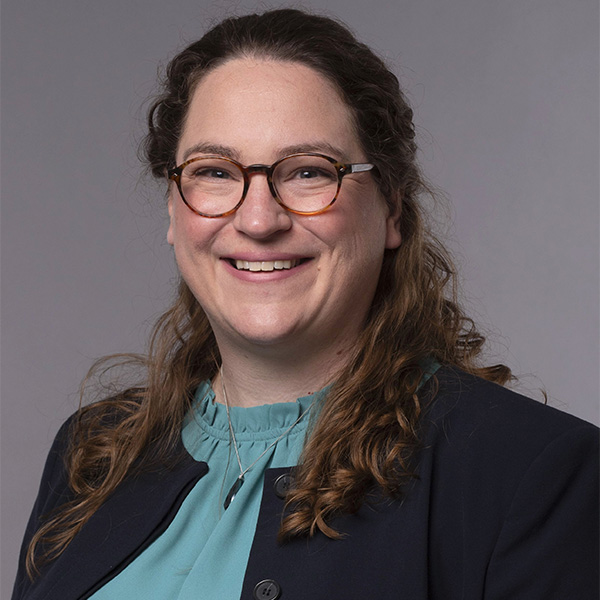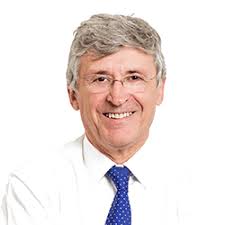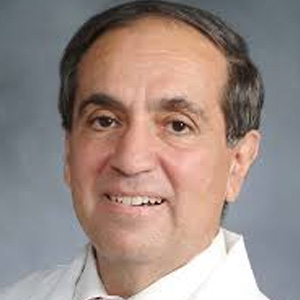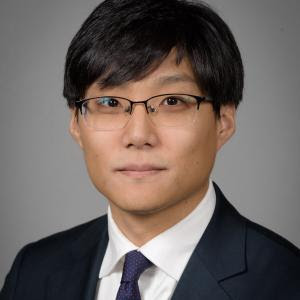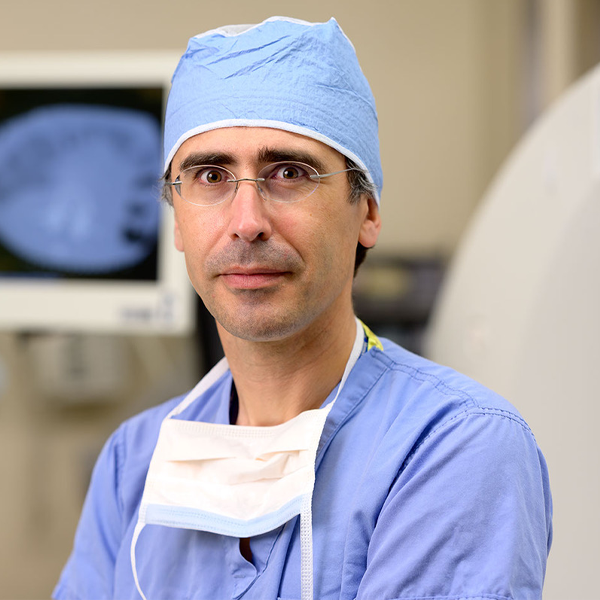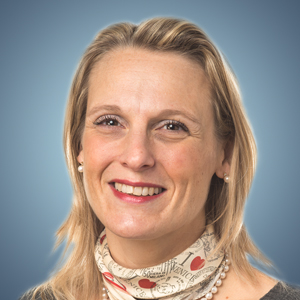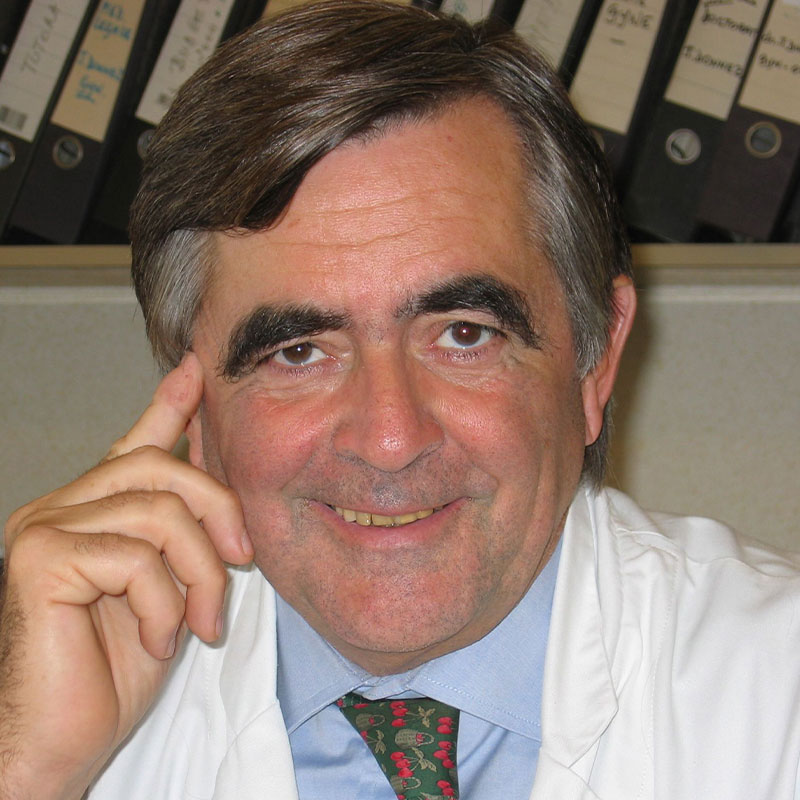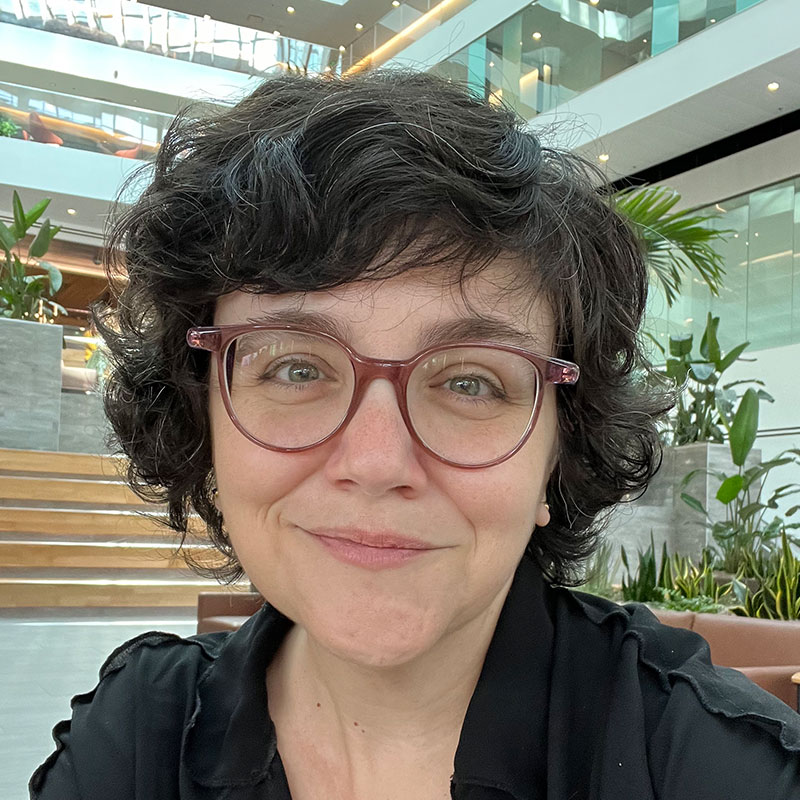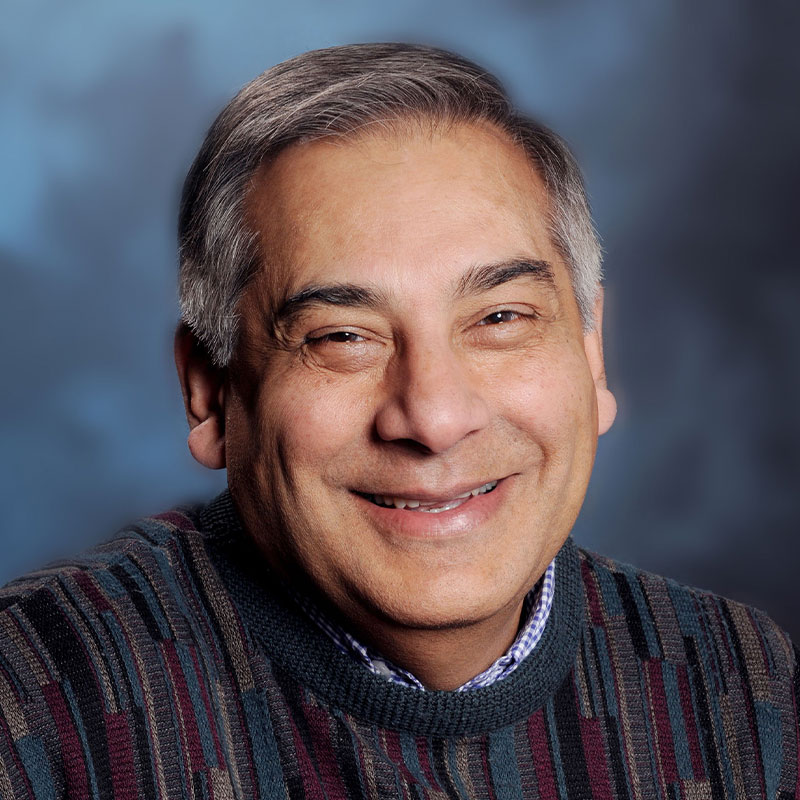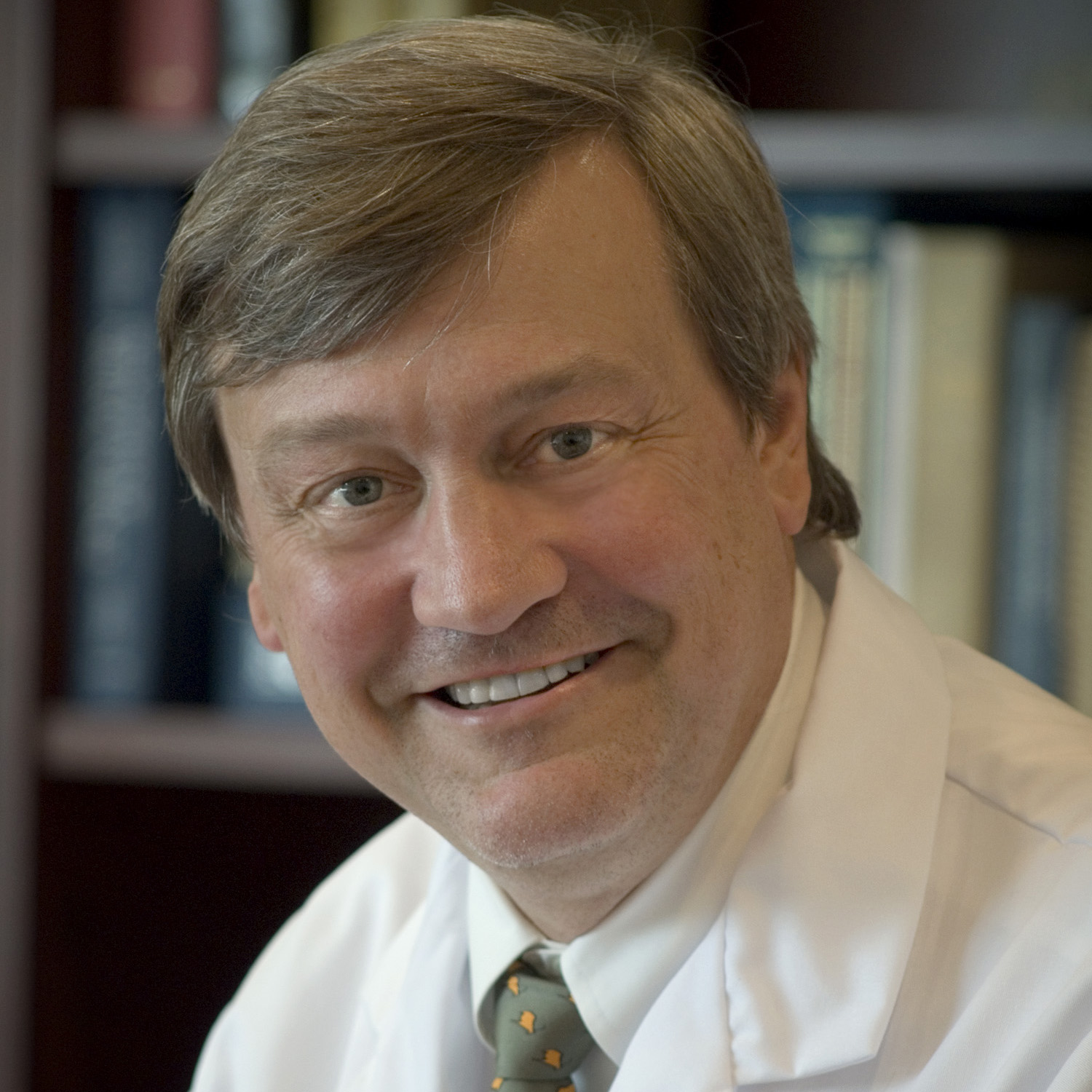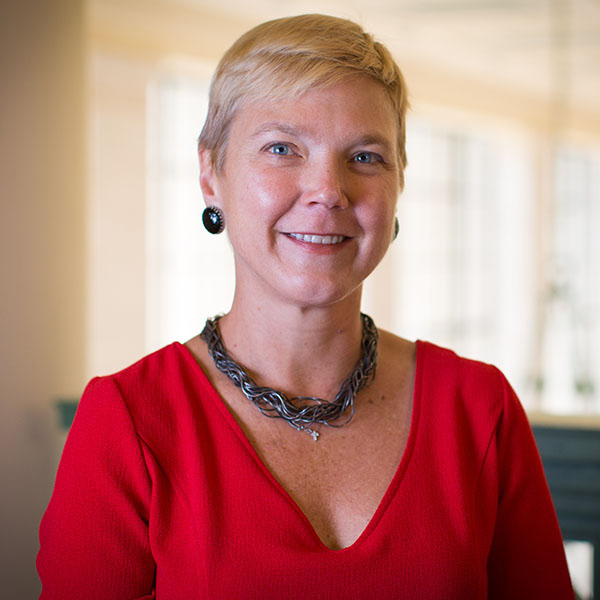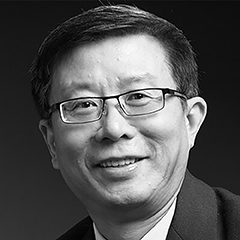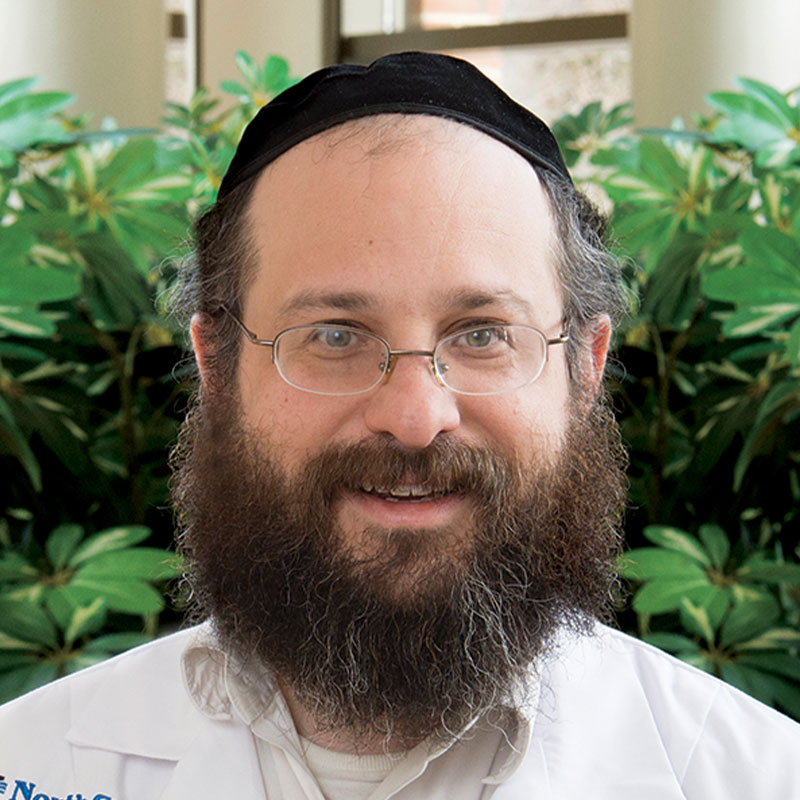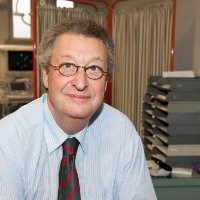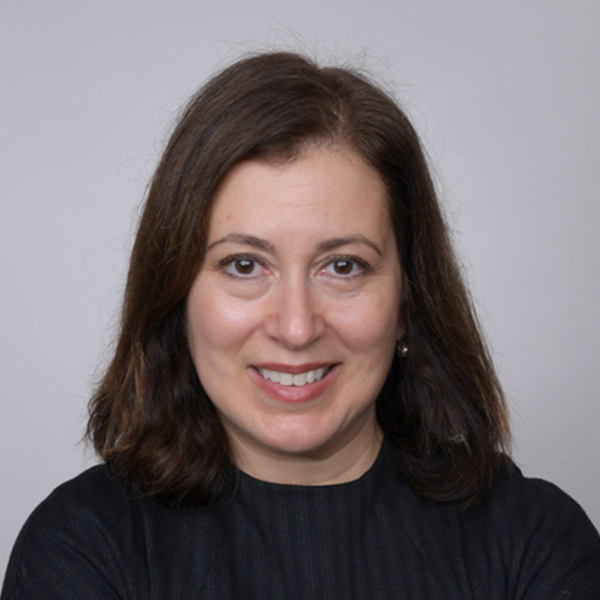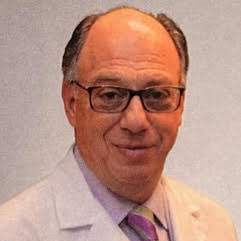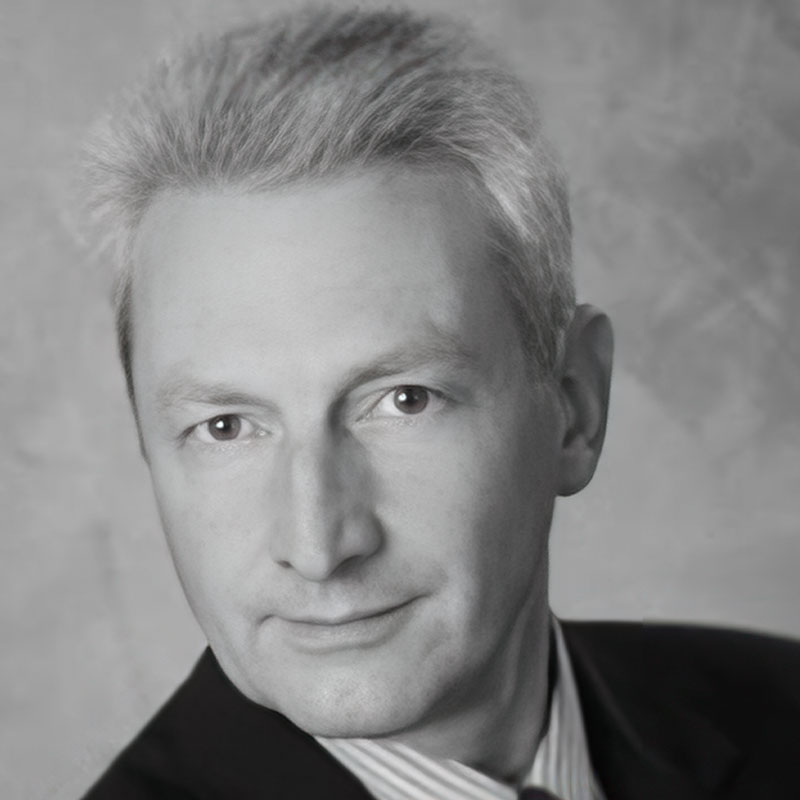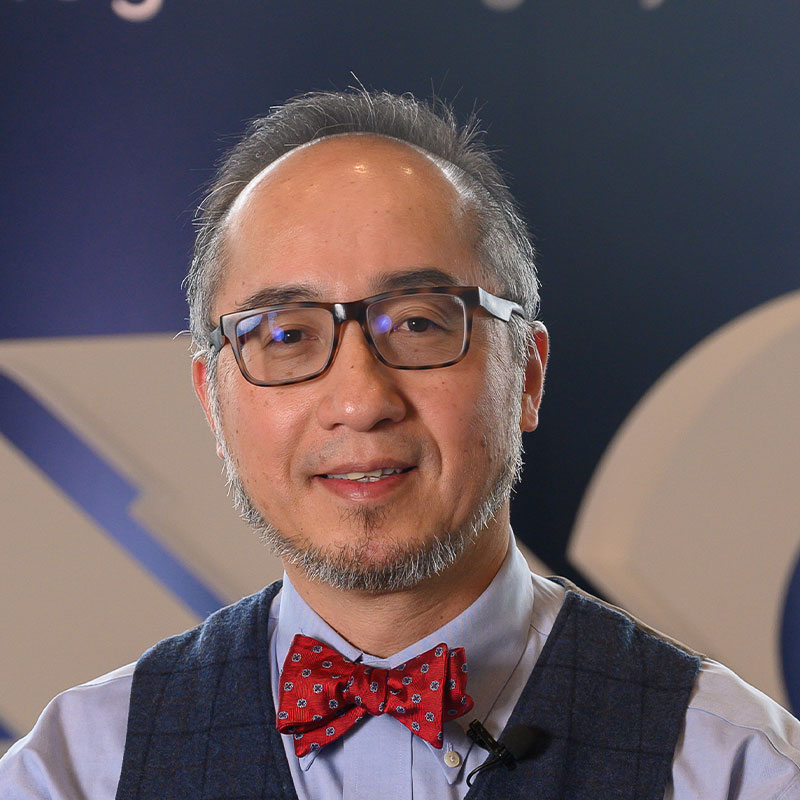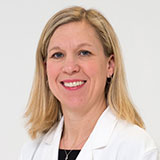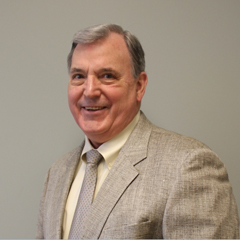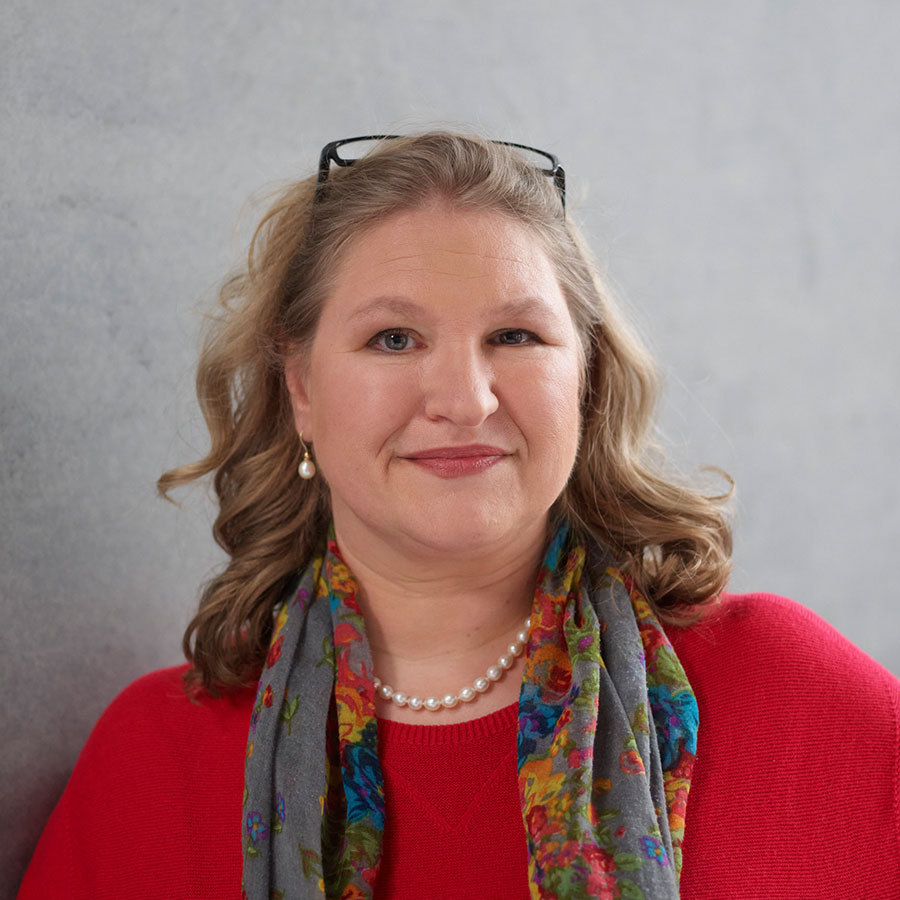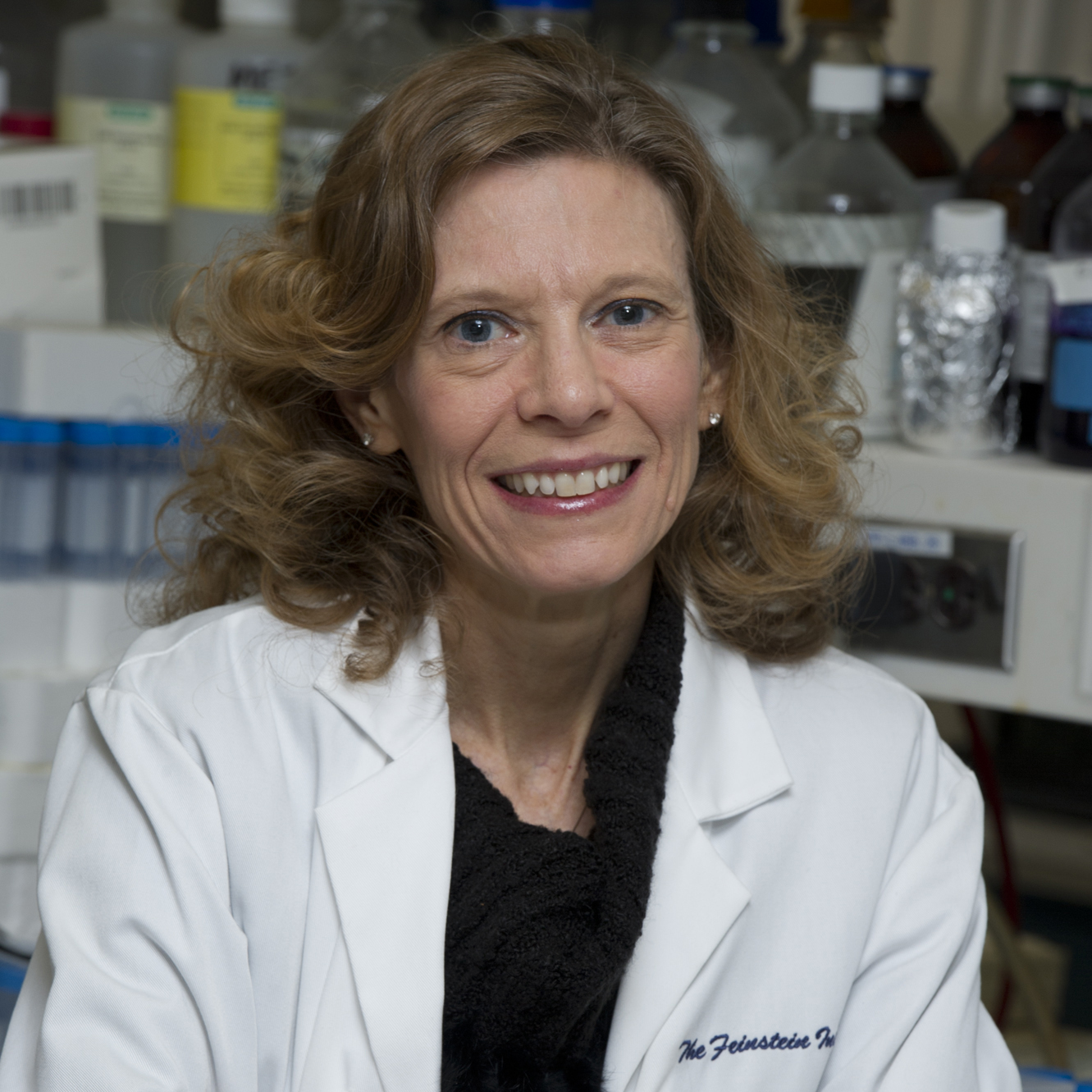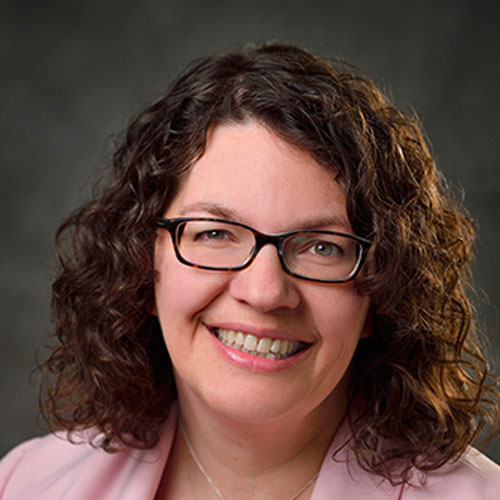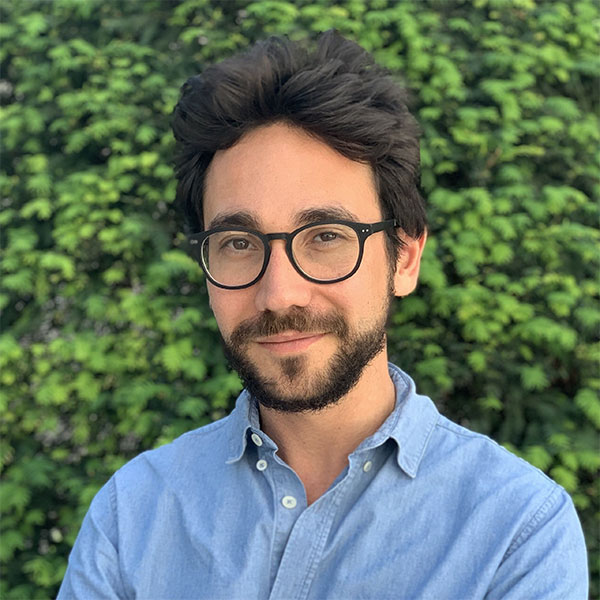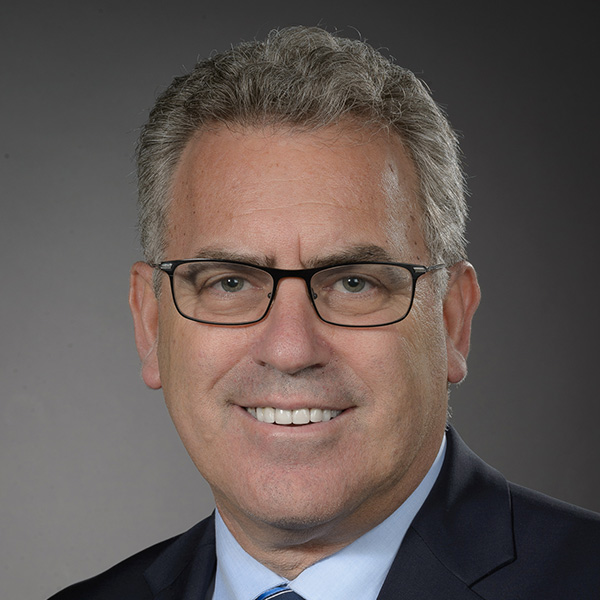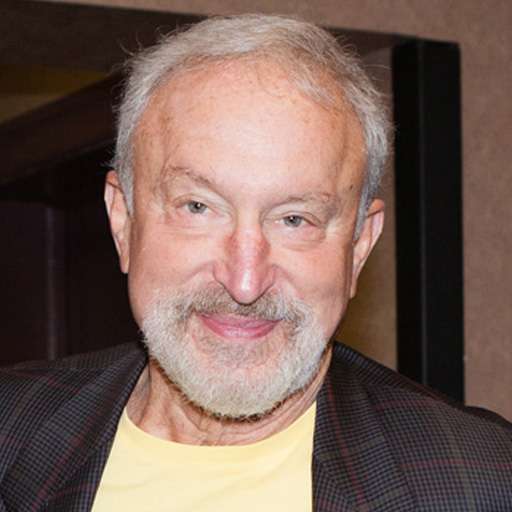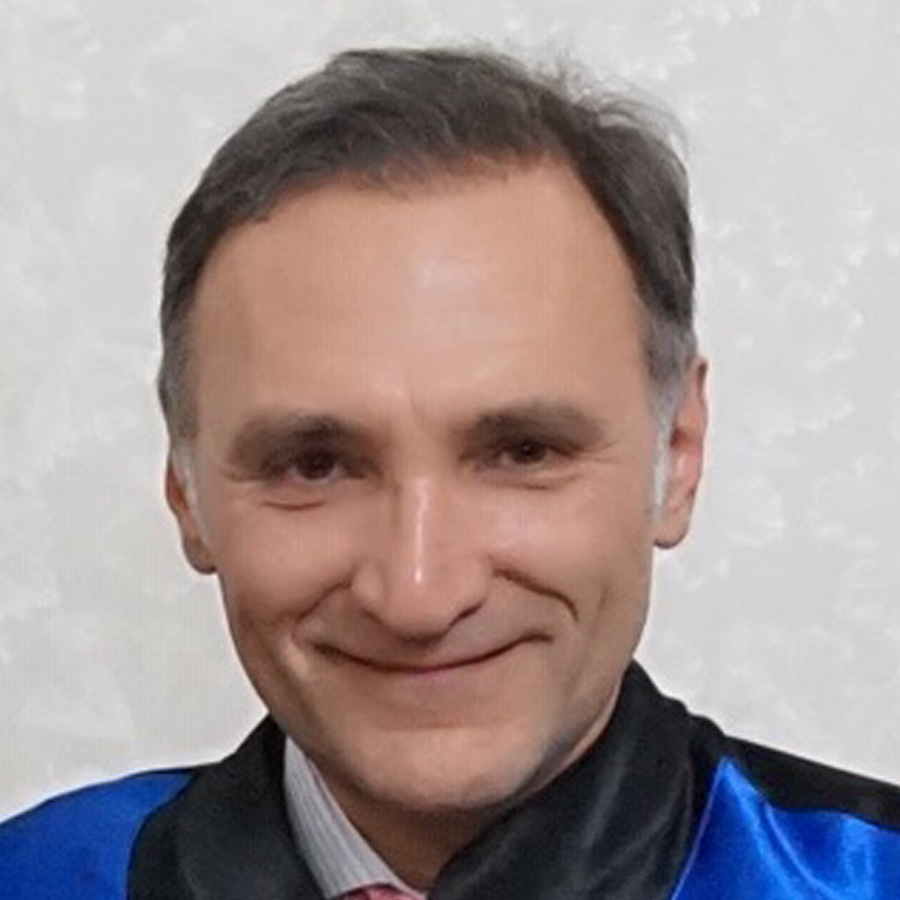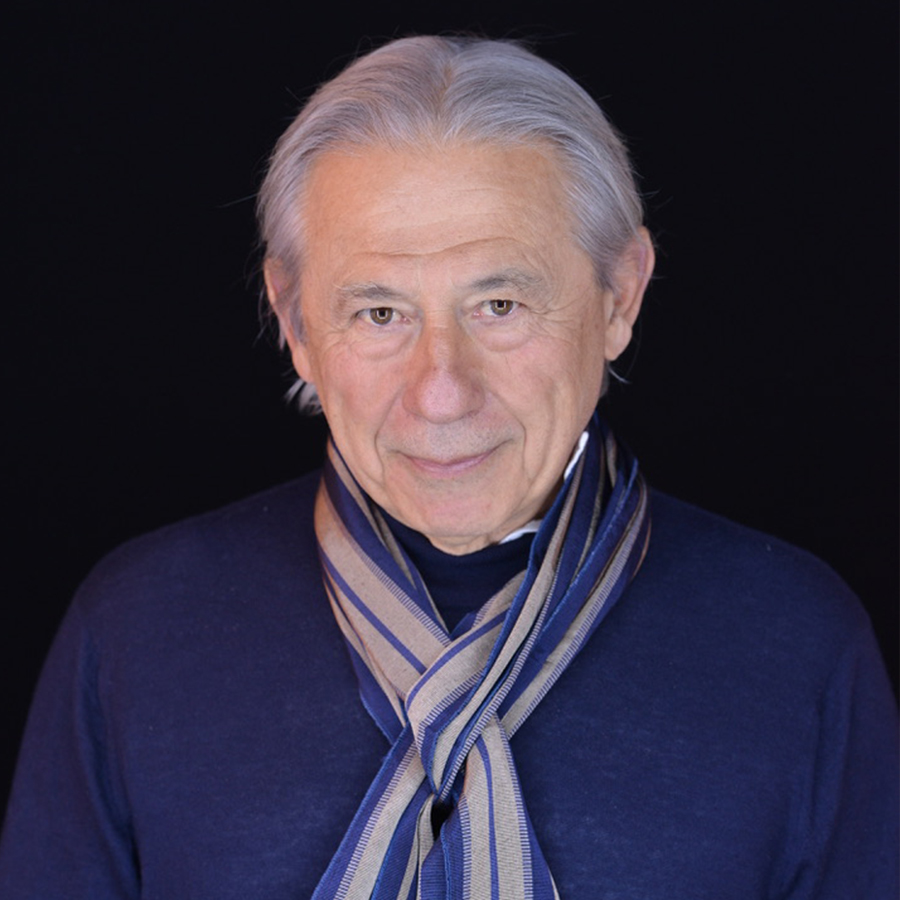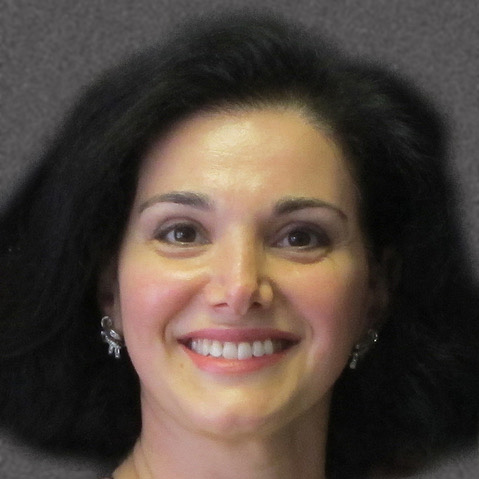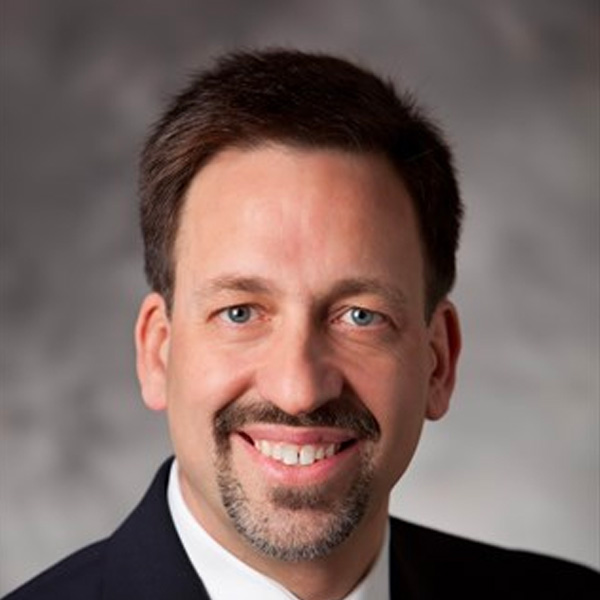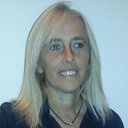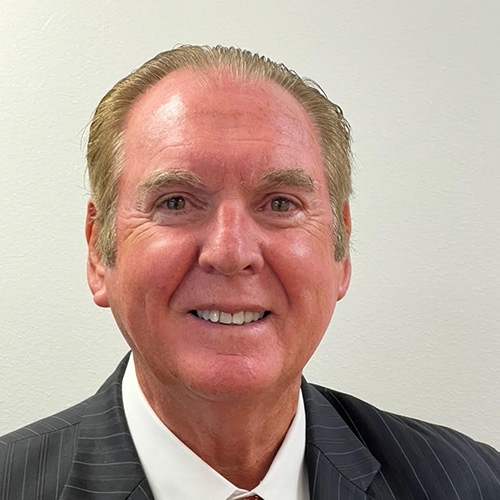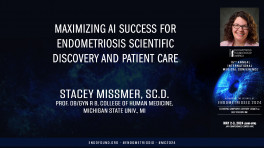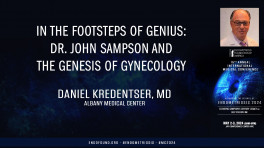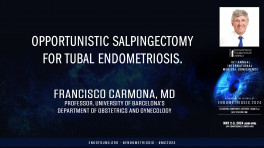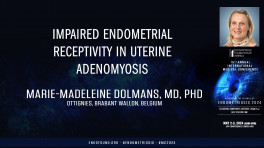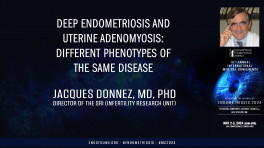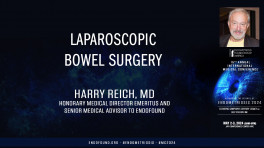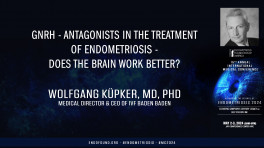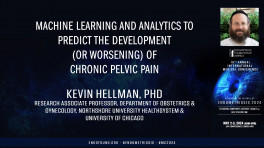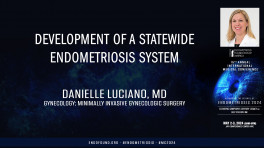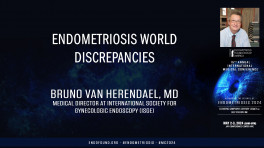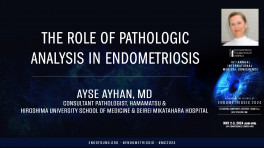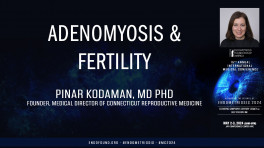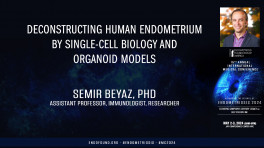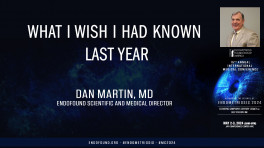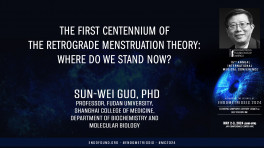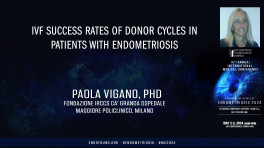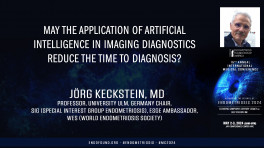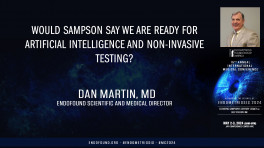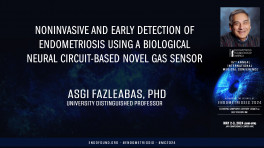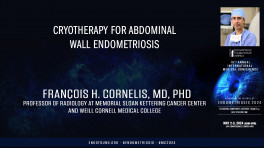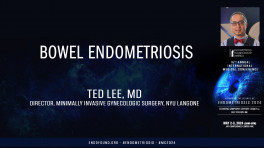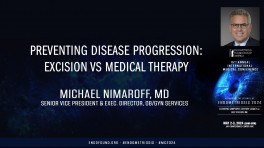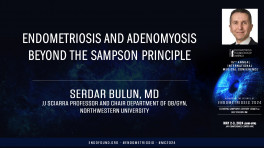International Medical Conference
Endometriosis 2024:
Elevating Sampson’s Century Legacy via
Deep Dive with AI
For the benefit of Endometriosis Foundation of America (EndoFound)
May 2-3, 2024 - JAY CENTER (Paris Room) - NYC
109 West 39th Street, New York, NY 10018
The 15th annual EndoFound Medical Conference will focus on the relevance of Sampson's many contributions to endometriosis care and research today. Sampson's "intelligent treatment of patients," research, and search for "knowledge" embody vital components of EndoFound's mission to educate the next generation of medical professionals. This cornerstone event convenes top clinicians and researchers globally in NYC annually, fostering collaborative discussions to brainstorm care strategies. Not only does the conference delve into cutting-edge AI and technology advancements in endometriosis research, but it also champions the collaborative spirit of the medical community. By intertwining Sampson's enduring legacy with contemporary breakthroughs, the conference underscores an unwavering commitment to shaping the future of endometriosis care through education, collaboration, and innovation.
Note(*): Sampson had about 8 to 12 theories and 30 or more observations that are relevant today. Those include,
- John Sampson built on the shoulders of Rokitansky, Pick, Bell, Bailey, Cullen, Novak, and others. 1925b
- Sampson did not say implanted endometrium was endometriosis. Endometriosis differs from endometrium "both in structure and in function." 1921
- Ectopic endometrial glands and stroma is not a reasonable definition. Ectopic implanted endometrium is a precursor to endometriosis. Sampson "could trace the transition of one type of lesion into the other.” 1927a
- “The implantation theory does not account for all instances of ectopic endometrium-like tissue in the pelvis.” “Menstruation is only one means of disseminating that tissue.” 1927a
- He published both retrograde dissemination and venous dissemination in 1927. 1927a & 1927b
- The "intelligent treatment of patients who have peritoneal endometriosis" is more important than whether the source of endometriosis was "metaplasia of the surface epithelium of the ovary," "congenitally misplaced epithelium," or "the implantation theory." 1940
SCIENTIFIC DIRECTOR
- Dan Martin, MD., Scientific & Medical Director, Endometriosis Foundation of America (EndoFound)
PROGRAM DIRECTOR
- Tamer Seckin, MD., co-founder of Endometriosis Foundation of America (EndoFound)
Harry Reich Award
Jörg Keckstein, MD
PROFESSOR, University Ulm, Germany CHAIR, SIG (Special Interest Group Endometriosis),…
Philippe Koninckx, MD, PhD
Professor of Obstetrics and Gynecology, Gruppo Italo Belga; Research Director, Latifa…
Faculty
Ayse Ayhan, MD, PhD
Consultant Pathologist, Hamamatsu & Hiroshima University School of Medicine & Seirei…
Katherine Burns, PhD
Associate Professor, Division Director of Environmental Genetics and Molecular Toxicology,…
Francisco Carmona, M.D., Ph.D.
Professor, University of Barcelona’s Department of Obstetrics and Gynecology
Paul Chung, MD, FACS
Assistant Professor of Surgery at the Donald and Barbara Zucker School of Medicine…
François H. Cornelis, MD, PhD
Professor of Radiology at Memorial Sloan Kettering Cancer Center and Weill Cornell…
Asgi Fazleabas, PhD
University Distinguished Professor and Associate Chair of Research, Michigan State…
Peter Gregersen, MD
Professor, Institute of Molecular Medicine, Feinstein Institutes for Medical Research;…
Linda Griffith, PhD
Director, Center for Gynepathology Research; Member, Center for Environmental Health…
Sun-Wei Guo, PhD
Professor, Fudan University, Shanghai College of Medicine, Department of Biochemistry…
Jörg Keckstein, MD
PROFESSOR, University Ulm, Germany CHAIR, SIG (Special Interest Group Endometriosis),…
Philippe Koninckx, MD, PhD
Professor of Obstetrics and Gynecology, Gruppo Italo Belga; Research Director, Latifa…
Christine Metz, PhD
Professor, Institute of Molecular Medicine, Feinstein Institutes for Medical Research
Antoine Netter
lecturer at the University of Aix-Marseille and a gynecological surgeon at the University…
Michael Nimaroff, MD
Senior Vice President & Exec. Director, OB/GYN Services, Chief, Minimally Invasive…
Horace Roman, MD, PhD
Professor, Surgeon, Endometriosis Center, Clinique Tivoli-Ducos, Bordeaux, France
Hugh Taylor, MD
Anita O'Keeffe Young Professor of Obstetrics, Gynecology, and Reproductive Sciences…
DAY I: Thursday, May 2, 2024 (8:00 AM - 5:00 PM ET)
| Time | Topic | Speaker | NOTES | Chair |
| 8:00-8:30 | Networking & Registration | Tamer Seckin, MD | ||
| 8:30-8:35 | Welcome | Tamer Seckin, MD Frank Chervenak, MD |
5 mins | |
| 8:35-8:45 | Ethical responsibility in the age of artificial intelligence | Frank Chervenak, MD | 10 mins | |
| MAIN ROOM - SESSION IA: THURSDAY MORNING, MAY 2 | Dan Martin, MD Tamer Seckin, MD |
|||
| 8:45-8:50 | In Memory of Robert Taylor and David Redwine | Stacey Missmer, PhD Dan Martin, MD |
5 mins | |
| 8:50-9:15 | How relevant is John Sampson today? | John Yovich, MD | 25 mins | |
| 9:15-9:35 | Elevating Sampson | Tamer Seckin, MD | 20 mins | |
| 9:35-10:55 | Maximizing AI success for endometriosis scientific discovery and patient care | Stacey Missmer | 20 mins | |
| 10:55-10:15 | Panel Discussion | Session Faculty | 20 mins | |
| 10:15-10:40 | Break | 25 mins | ||
| MAIN - SESSION IB: THURSDAY MORNING, MAY 2 | Dan Martin, MD Tamer Seckin, MD |
|||
| 10:40-11:00 | AI “now and then” in surgery | Paul Chung, MD | 20 mins | |
| 11:00- 11:20 | In the footsteps of genius: Dr. John Sampson and the Genesis of Gynecology | Daniel Kredentser, MD | 20 mins | |
| 11:20-11:40 | AI, intuition, and experience-based medicine complement evidence-based medicine | Philippe Koninckx, MD | 20 mins | |
| 11:40-11:50 | Panel Discussion | Session Faculty | 10 mins | |
| 11:50-12:00 | Announcement of Grants Recipients | KatieBurns, PhD Asgi Fazelbas, PhD |
10 mins | |
| 12:00-1:00 | Lunch | 1 hour | ||
| MAIN - SESSION II.1A: THURSDAY AFTERNOON: Parallel Sessions, #1 of 2 sessions, May 2 | Jacques Donnez, MD Francisco Carmona, MD |
|||
| 1:00-1:20 | Opportunistic salpingectomy for tubal endometriosis. | Francisco Carmona, MD | 20 mins | |
| 1:20-1:40 | Impaired endometrial receptivity in uterine adenomyosis | Marie-Madeleine Dolmans, MD | 20 mins | |
| 1:40-2:00 | Deep endometriosis and uterine adenomyosis: different phenotypes of the same disease | Jacques Donnez, MD | 20 mins | |
| 2:00-2:20 | Laparoscopic Bowel Surgery | Harry Reich, MD | 20 mins | |
| 2:20-2:40 | Panel Discussion | Session Faculty | 20 mins | |
| 2:40-3:00 | Break | 20 mins | ||
| MAIN - SESSION II.1B: THURSDAY AFTERNOON, MAY 2 | Danielle Luciano, MD Wolfgang Kupker, MD |
|||
| 3:00-3:20 | GnRH antagonists in the treatment of endometriosis - Does the brain work better? | Wolfgang Kupker, MD | 20 mins | |
| 3:20-3:40 | Machine learning and analytics to predict the development (or worsening) of chronic pelvic pain. | Kevin Hellman, PhD | 20 mins | |
| 3:40-4:00 | Development of a statewide endometriosis system. | Danielle Luciano, MD | 20 mins | |
| 4:00-4:20 | World Discrepancies in Endometriosis Care | Bruno van Herendael, MD | 20 mins | |
| 4:20-4:40 | AI and organoids | Linda G Griffith, PhD | 20 mins | |
| 4:40-4:50 | Panel Discussion | Session Faculty | 10 mins | |
| 4:50-5:00 | Closing Remarks | Tamer Seckin, MD | ||
| SYDNEY ROOM - SESSION II.2A - THURSDAY AFTERNOON, MAY 2 - Room #2 | Katie Burns, Ph.D Noémie Elhadad, PhD |
|||
| 1:00-1:20 | Environmental Immunotoxicants | Katie Burns, Ph.D. | 20 mins | |
| 1:20-1:40 | AI and observational health data for early detection of endometriosis | Noémie Elhadad, PhD | 20 mins | |
| 1:40-2:00 | The role of pathologic analysis in endometriosis. | Ayse Ayhan, MD | 20 mins | |
| 2:00-2:20 | Visual recognition of endometriosis using AI | Antoine Netter, MD | 20 mins | |
| 2:20-2:40 | Panel Discussion | Session Faculty | 20 mins | |
| 2:40-3:00 | Break | 20 mins | ||
| SYDNEY ROOM - SESSION II.2B - THURSDAY AFTERNOON, MAY 2 - Room #2 | Serin Seckin, MD Pinar Kodaman, MD, PhD |
|||
| 3:00-3:20 | Adenomyosis & Fertility | Pinar Kodaman, MD, PhD | 20 mins | |
| 3:20-3:40 | ART/IVF/infertility and endometriosis | Arielle Bayer, MD | 20 mins | |
| 3:40-4:00 | Deconstructing human endometrium by single-cell biology and organoid models | Semir Beyaz, PhD | 20 mins | |
| 4:00-4:20 | What I wish I had known last year | Dan Martin, MD | 20 mins | |
| 4:20-4:50 | Panel Discussion | Session Faculty | 30 mins | |
| 4:50-5:00 | Closing Remarks in Room 1 | 10 mins | ||
Friday, May 3, 2024 (8:00 AM - 3:00 PM ET)
| Time | Topic | Speaker | NOTES | Chair |
| 8:00-8:40 | Networking & Registration | 40 mins | ||
| 8:40-8:45 | Welcome | Tamer Seckin, MD | 5 mins | |
| MAIN - SESSION IIIA: FRIDAY MORNING, MAY 3 | Dan Martin, MD Tamer Seckin, MD |
|||
| 8:45-9:05 | Peritoneal Endometriosis | Tamer Seckin, MD | 20 mins | |
| 9:05-9:25 | The first centennium of the retrograde menstruation theory: Where do we stand now? | Sun-Wei Guo, Ph.D. | 20 mins | |
| 9:25-9:45 | IVF success rates of donor cycles in patients with endometriosis | Paola Vigano, PhD | 20 mins | |
| 9:45-10:10 | Panel Discussion | Session Faculty | 25 mins | |
| 10:10- 10:35 | Break | 25 mins | ||
| MAIN - SESSION IIIB: FRIDAY MORNING, MAY 3 | Tamer Seckin, MD Dan Martin, MD |
|||
| 10:35-10:55 | May the application of artificial intelligence in imaging diagnostics reduce the time to diagnosis? | Jörg Keckstein, MD | 20 mins | |
| 10:55-11:15 | Would Sampson say we are ready for artificial intelligence and non-invasive testing? | Dan Martin, MD | 20 mins | |
| 11:15-11:35 | Robotic management of endometriosis of sacral plexus | Horace Roman, MD | 20 mins | |
| 11:35-12:00 | Panel Discussion | Session Faculty | 25 mins | |
| 12:00-1:00 | Lunch | 1 hour | ||
| MAIN: SESSION IV.1: FRIDAY AFTERNOON - Parallel Sessions - Room #1 of 2 sessions Two 2-hour parallel sessions, May 3 |
Ted Lee, MD Asgi Fazleabas, MD |
|||
| 1:00-1:20 | Noninvasive and early detection of endometriosis using a biological neural circuit-based novel gas sensor | Asgi Fazleabas, MD | 20 mins | |
| 1:20-1:40 | Cryotherapy for Abdominal Wall Endometriosis | François Cornelis, MD | 20 mins | |
| 1:40-2:00 | Bowel Endometriosis | Ted Lee, MD | 20 mins | |
| 2:00-2:20 | The systemic nature of endometriosis. | Hugh Taylor, MD | 20 mins | |
| 2:20-2:50 | Panel Discussion | Session Faculty | 30 mins | |
| 2:50-3:00 | Closing Remarks | Tamer Seckin, MD | 10 mins | |
| SYDNEY ROOM: SESSION IV.2: FRIDAY AFTERNOON - Parallel Sessions - Room #2 of 2 sessions Two 2-hour parallel sessions, May 3 |
Michael Nimaroff, MD Dan Martin, MD |
|||
| 1:00-1:20 | Preventing Disease Progression: Excision vs Medical Therapy | Michael Nimaroff, MD | 20 mins | |
| 1:20-1:40 | The analysis of menstrual effluent: emerging insights into endometriosis pathogenesis | Peter Gregersen, MD Christine Metz, PhD |
20 mins | |
| 1:40-2:00 | Mullerian anomalies and endometriosis: Where evolution, strategy, and precision meet. From Sampson to AI. | Assia Stepanian, MD | 20 mins | |
| 2:00-2:20 | Endo Belly, what is it? | Sylvia Mechsner, MD | 20 mins | |
| 2:20-2:32 | Endometriosis and Adenomyosis Beyond the Sampson Principle | Serdar Bulun, MD | 12 mins | |
| 2:32-2:50 | Panel Discussion | Session Faculty | 20 mins | |
| 2:50 | Return to Room 1 for Closing | 10 mins | ||


